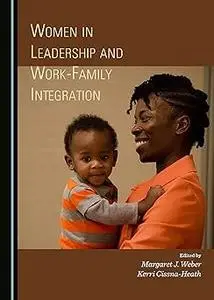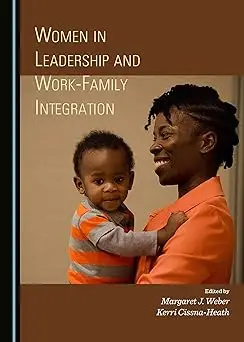Margaret J. Weber, "Women in Leadership and Work-Family Integration"
English | ISBN: 1443871931 | 2015 | 165 pages | PDF | 651 KB
English | ISBN: 1443871931 | 2015 | 165 pages | PDF | 651 KB
The majority of university students in the US and around the world are women (Economist, 2006). This recent increase in the education of women has allowed their employment rate to inflate, leading to an influx of issues surrounding the work-life balance. The era surrounding World War II led to an amplified presence of women seeking opportunities for a career, which in turn led to tensions at home and in the workplace as women try to balance the roles of family with a career. Many women have joined men in the provider role and the dual earner family has now become the norm (Gornick and Myers 2003). Traditional roles have shifted as women and men are both parents and workers. The picture of the career women and mother is divided and multi-faceted in existing research findings and opinions. Commonly assessed issues include the social implications of the dual roles of females, cultural norms, workplace policies with attention to female-specific hurdles, and marital satisfaction in gender roles. Various research studies suggest that marital relationships have become more egalitarian (Bielenski and Wagner, 2004), while others find that a large number of well-educated women have left careers for full-time motherhood (Belkin, 2003; Warner, 2005). In 2009, a research group was formed at Pepperdine University’s Graduate School of Education and Psychology to explore the competing narratives of women’s lives as they balance their work activities with the demands of marriage and motherhood. The ultimate goal of this project was to understand the work-life balance issues of women in the workforce. This work is now known as the Digital Women’s Project (Weber, 2011) and has collected over 400 interviews of women to explore themes around work-life balance. This phenomenological analysis utilizes a narrative life-course framework created by Giele (2008) to explore identity, relational style, drive and motivation, and adaptive style in order to understand the work-life balance of women. Women in Leadership and Work-Family Integration brings together the findings of this research group.
Read more



